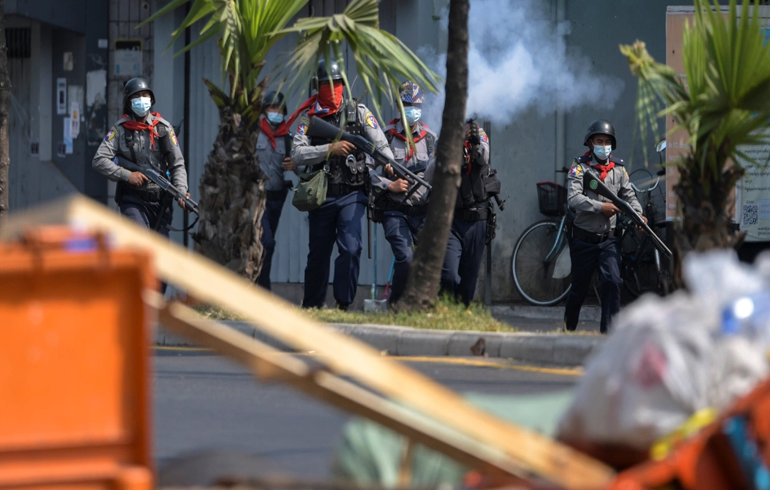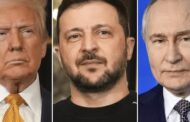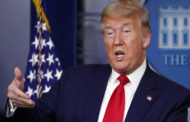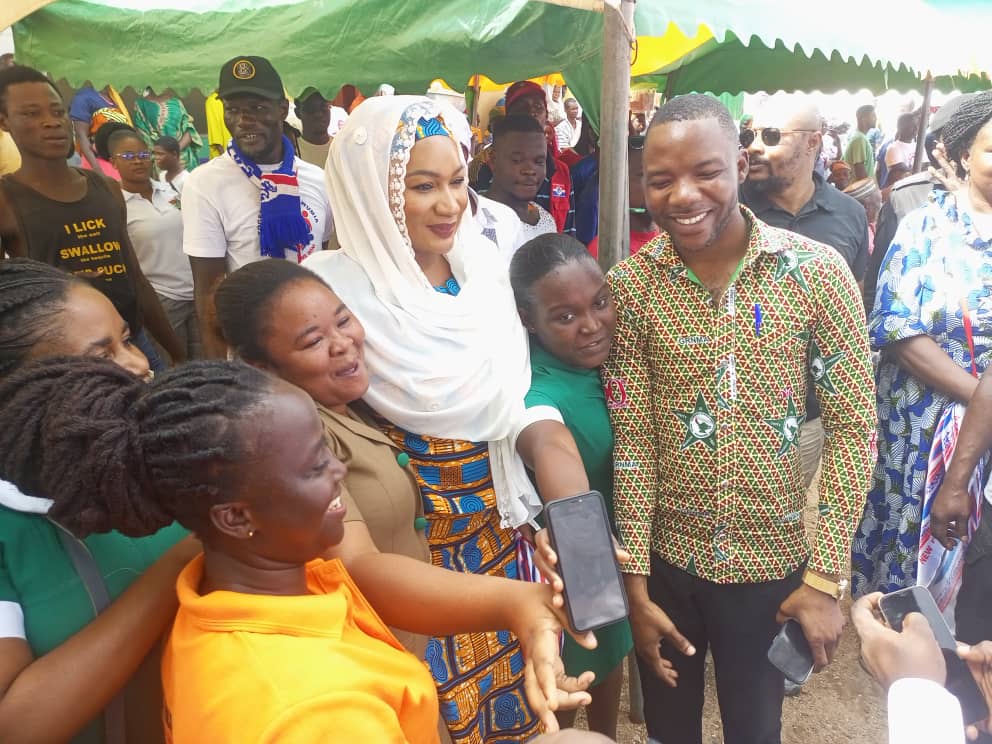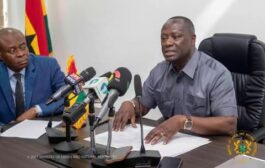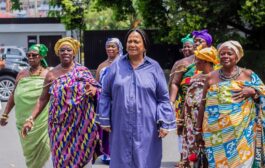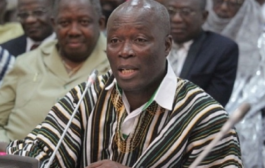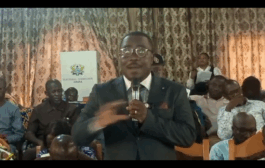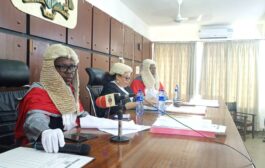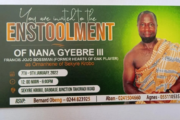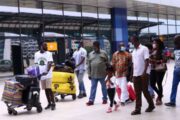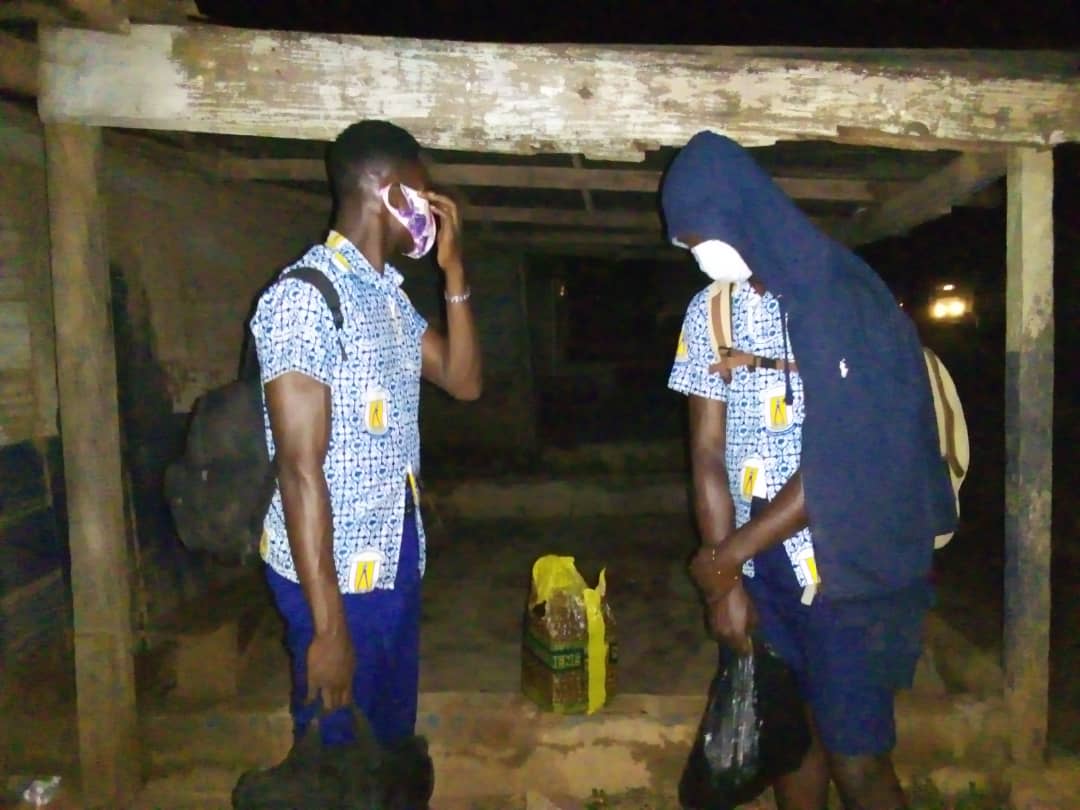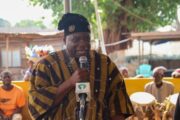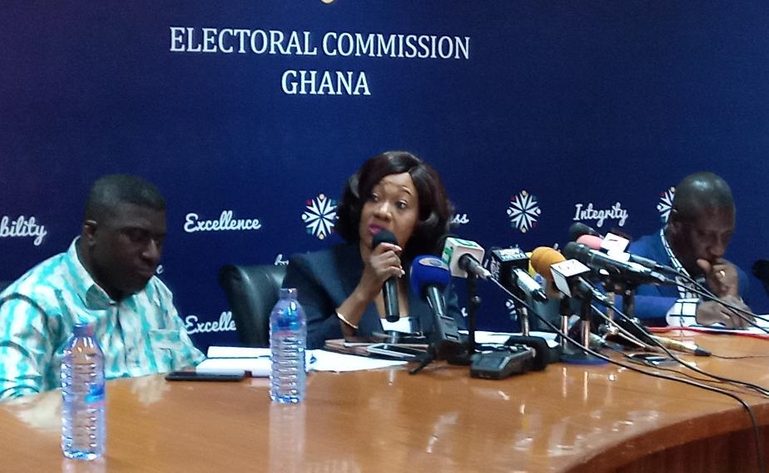On a busy street in Yangon, police are escorting a man as gunfire crackles in the background.
The man appears to be in custody and is showing no resistance – then suddenly an officer shoots him from behind, kicking him as he lies on the ground.
The incident, captured on video, is one of dozens that have been reported since a military coup in Myanmar on 1 February brought protesters onto the streets.
Crackdowns against protests have already killed over 70 people, according to a UN estimate.
But the military, or Tatmadaw, insists that security forces have acted with restraint against “riotous protesters” who they accuse of attacking police.

‘Absolutely wrong’
In a new report, human rights group Amnesty International has verified more than 50 videos of violent incidents circulating on social media.
Based on this evidence, it says that while security forces have also been using non-lethal tactics against protesters, they’ve been stepping up the use of battlefield weapons and lethal force in recent weeks.
Some deaths at the hands of military and police forces amount to extrajudicial executions, says Amnesty.
In one video, a member of the Tatmadaw in Dawei is seen lending his rifle to a police officer deployed alongside him. The officer then crouches, takes aim and shoots, causing cheers of celebration from personnel around him.
Several protesters in Yangon, the main city, have confirmed to the BBC that they’ve seen military personnel fire live ammunition into crowds of demonstrators, causing deaths and injuries.
Amnesty says the military has used a range of weapons at protests – from sniper rifles to uzis. Sometimes it fires them indiscriminately.
One clip shows security forces in the town of Mawlamyine riding on trucks and allegedly shooting live ammunition at random, including into people’s homes.
Several Yangon residents, who were not involved in protests, have also told the BBC that their homes have been fired upon by security forces.
Amnesty has expressed concern, too, about the deployment of military units which have previously been involved in alleged war crimes against communities like the Rohingya.
“These are militaries and commanders that have an extremely poor, worrying record in terms of military combat. To deploy them to policing exercises is absolutely the wrong thing to do,” says Joanne Mariner, Amnesty’s director of crisis response.
“Clearly the military is not interested in what the protesters have to say, but under international law they have the right to express their views peacefully,” she adds.
‘Lives depend on it’
Under international law and UN standards, security forces must not use firearms against protesters unless there is an imminent threat of death or serious injury, and a less harmful alternative is not available.
Instead, “the rule of minimum force” must be applied to protesters says Ian Foxley, a researcher at the University of York’s Centre for Applied Human Rights.
But firearms are only part of the junta’s arsenal. Government budget documents from the last two fiscal years, reviewed by the New York Times, show that the military earmarked millions of dollars for surveillance technology – including drones, hacking software and tools to track people’s locations in real time.
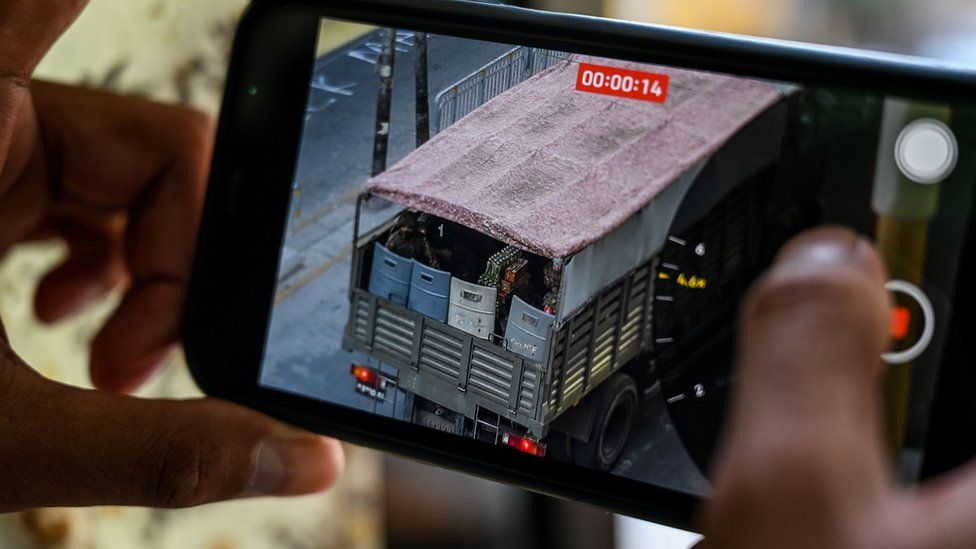
The military has also targeted internet access during the coup, and shut off access to various websites and social media, including Facebook.
Critics suggest that these technological capabilities have given the military sweeping powers to monitor civilians and co-ordinate action against demonstrators.
With the death toll rising, advocacy firms like Justice for Myanmar are calling for targeted sanctions against the Tatmadaw and its extensive, opaque business interests.
“Given the excessive and systematic killings and use weaponry that has historically been deployed against ethnic communities for decades, the UN Security Council must immediately impose a global arms embargo,” the group adds. “Lives in Myanmar depend on it.”
Source: BBC



